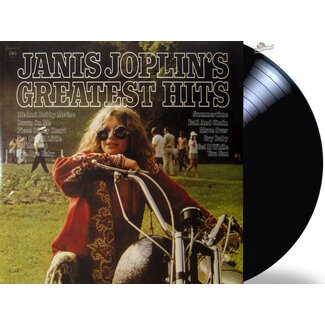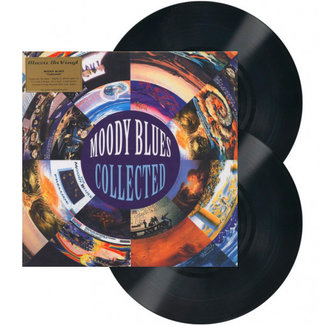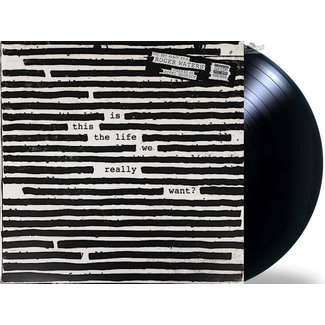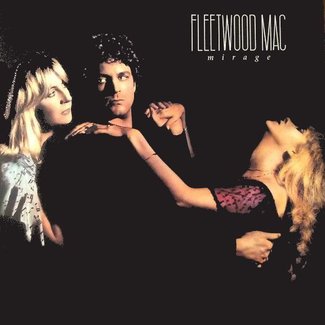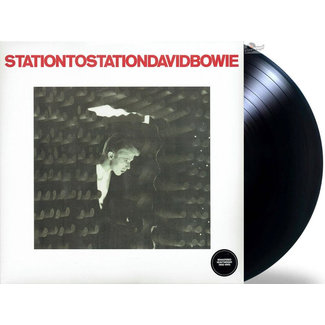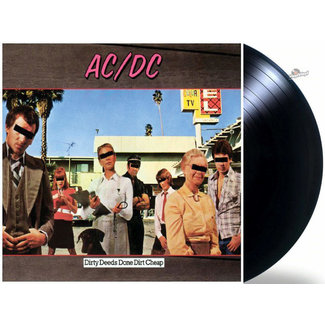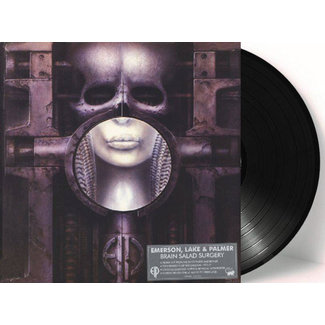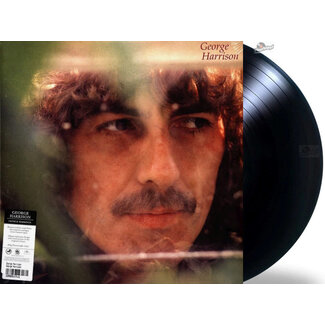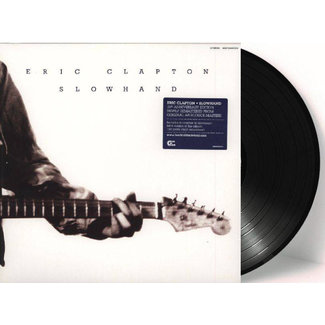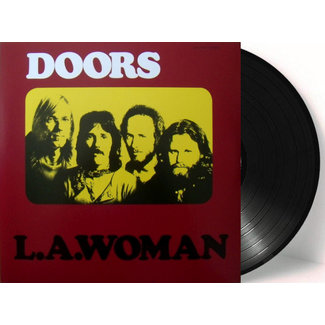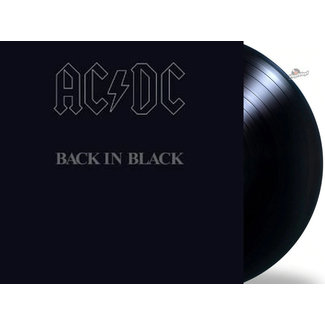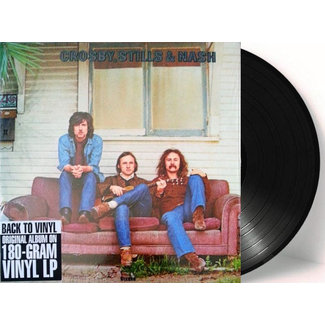By the late 1960s "classic rock" period, a number of distinct rock music subgenres had emerged, including hybrids like blues rock, folk rock, country rock, southern rock, raga rock, and jazz-rock, many of which contributed to the development of psychedelic rock, which was influenced by the counterculturalpsychedelic and hippie scene.
New genres that emerged included progressive rock, which extended the artistic elements, glam rock, which highlighted showmanship and visual style, and the diverse and enduring subgenre of heavy metal, which emphasized volume, power, and speed.
In the second half of the 1970s, punk rock reacted by producing stripped-down, energetic social and political critiques. Punk was an influence in the 1980s on new wave, post-punk and eventually alternative rock.
From the 1990s alternative rock began to dominate rock music and break into the mainstream in the form of grunge, Britpop, and indie rock. Further fusion subgenres have since emerged, including pop punk, electronic rock, rap rock, and rap metal, as well as conscious attempts to revisit rock's history, including the garage rock/post-punk and techno-pop revivals at the beginning of the 2000s. The 2010s saw a slow decline in the cultural relevancy of the genre, being usurped by hip-hop as the most popular genre in the United States in 2017.
Rock music has also embodied and served as the vehicle for cultural and social movements, leading to major subcultures including mods and rockers in the UK and the hippie counterculture that spread out from San Francisco in the US in the 1960s. Similarly, 1970s punk culture spawned the goth, punk, and emo subcultures. Inheriting the folk tradition of the protest song, rock music has been associated with political activism as well as changes in social attitudes to race, sex and drug use, and is often seen as an expression of youth revolt against adult consumerism and conformity.


